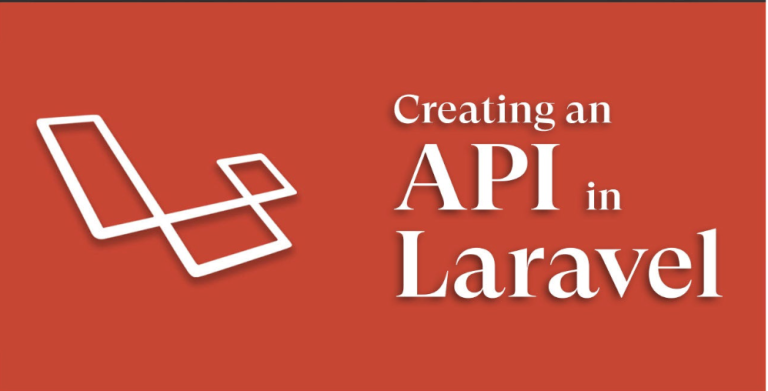What are the steps to create a new API endpoint in Laravel?
Bearing a broad context of web development in mind, Laravel is among the most well-liked PHP frameworks; it has cleanly designed syntax and numerous features . In general, Laravel boasts such a profusion of features, making it effortless to rapidly and easily generate multifaceted web apps. However, one of the development steps in Laravel that should not be ignored is the production of the API endpoints.
To clarify, API endpoints are bridges that link a person on the client to a person on the server; they are the exclusive URLs to which the apps refer to transmit and receive pieces of their software. API endpoints are links hence help you to stimulate your software to do things and receive responses and commands . In this case, they are vital in permitting online applications to allow their user interfaces interact with backend servers.

Let’s now explore the complex process of building new Laravel API endpoints.
Understanding API Endpoints
API endpoints refers to a hostname of API(Application Programming Interface) which acts as a client and server where one of them accepts requests and other sends back responses. By sending and receiving information and instructions via endpoint, different applications and software programs(software programs can have multiple API endpoints) can easily communicate with each other.
Setting Up Laravel Project
Before building API endpoints, we first need to create a Laravel project. With the help of PHP and Composer Laravel can install easily and start a new project. However, the important thing is to understand the directory structure of the created project in order to move around each part of the system.
Creating Routes
In URL, to access the endpoints we use Routes which means “name“. A route depends on the HTTP verb in which they can have multiple endpoints associated with it. Routes serve as the endpoints to Laravel applications, mapping specific URLs to corresponding controller actions. In the context of API endpoint creation, defining routes becomes instrumental in directing incoming requests to the appropriate controllers. Laravel provides a flexible routing mechanism, allowing developers to group routes for better organization and maintainability.
Creating Controllers
Controllers act as the heart of Laravel apps, enclosing the business logic behind different actions. In the field of API endpoint creation, creating new controllers using the Artisan CLI streamlines the process. These controllers contain the logic for managing incoming requests, coordinating data retrieval, modification, and response creation.
Validating Requests
Request validation is a vital part of API development, guaranteeing the integrity and safety of incoming data. Laravel provides a strong system for request validation, empowering developers to craft form request classes with specified validation rules. Through enforcing validation rules for API endpoints, developers can strengthen their apps against incorrect or harmful input.
Handling Requests
In the domain of Laravel development, understanding the delicateness of HTTP request methods is crucial for efficient request handling. For handling incoming requests Laravel controllers act as the main channel, clarifying the HTTP method used-
- GET
- POST
- PUT
- DELETE and
- carrying out the corresponding actions.
Returning Responses
Producing suitable responses is vital for providing a smooth user experience in API-driven applications. In Laravel, programmers can utilize the framework’s abilities to produce API responses in different formats, such as JSON. Moreover, formatting responses and managing success or error situations guarantees clarity and uniformity in communication between client and server.
Testing API Endpoints
As compared to functional testing API testing is powerful and friendly. Laravel uses PHPUnit to make it easier for testing API endpoints and it will build a great testing structure for PHP. By creating vast unit tests and executing integration tests with Laravel testing tools, programmers can confirm the actions and efficiency of their API endpoints.
Securing API Endpoints
Safety is crucial in the domain of API development, protecting confidential data and blocking unauthorized entry. Laravel provides a wide range of steps for securing API endpoints, such as integrating authentication methods and utilizing Laravel Passport for OAuth2 verification.
Conclusion
In Summary, Creating fresh API endpoints in Laravel is quite complex, covering various steps and considerations. By building the Laravel project to secure API endpoints, every step demands detailed attention and it allows us to make the best practices. By following the steps specified and accepting the importance of testing and security measures, developers can identify the difficulties of Laravel API development with confidence and proficiency. For professional Laravel development services consultation, or if you’re looking to hire a Laravel developer, reach out to us for expert assistance.
Recent help desk articles

Greetings! I'm Aneesh Sreedharan, CEO of 2Hats Logic Solutions. At 2Hats Logic Solutions, we are dedicated to providing technical expertise and resolving your concerns in the world of technology. Our blog page serves as a resource where we share insights and experiences, offering valuable perspectives on your queries.

